Jacques Herold
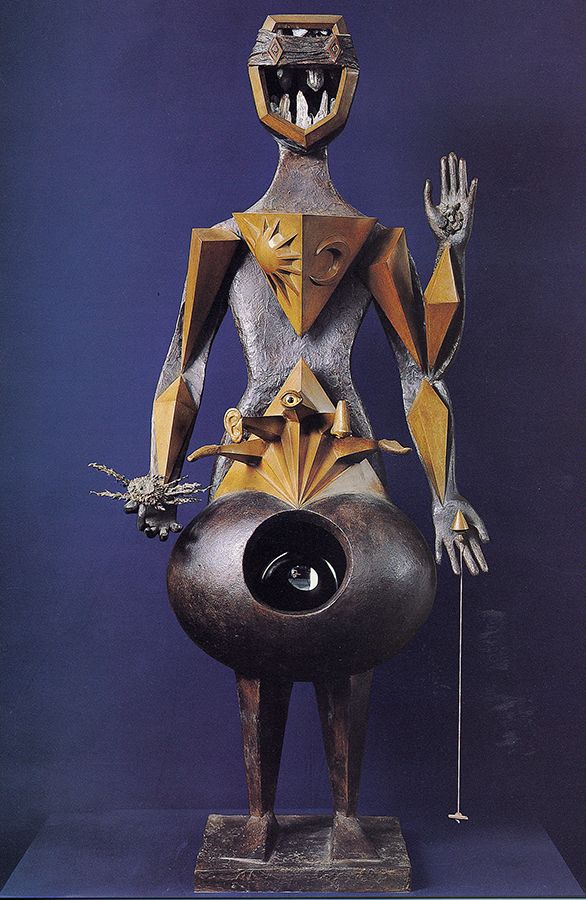

Selected Works

Jacques Herold
Le Grand Transparent, 1947
Bronze
Height : 183 cm
Susse and Bocquel Foundry
An edition of 6 copy
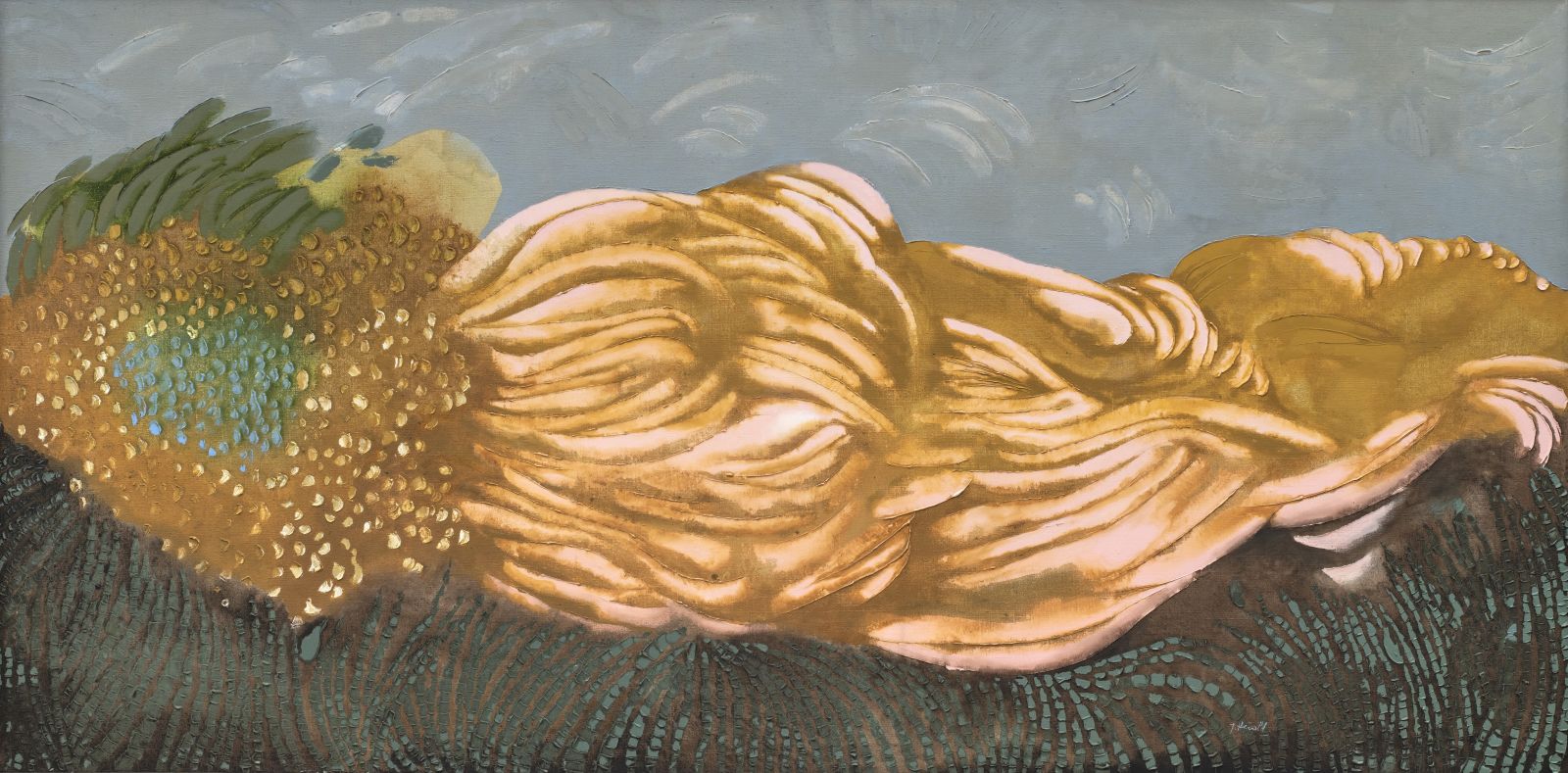
Jacques Herold
Le lit de Paris, 1985
Huile sur toile
97 x 195 cm
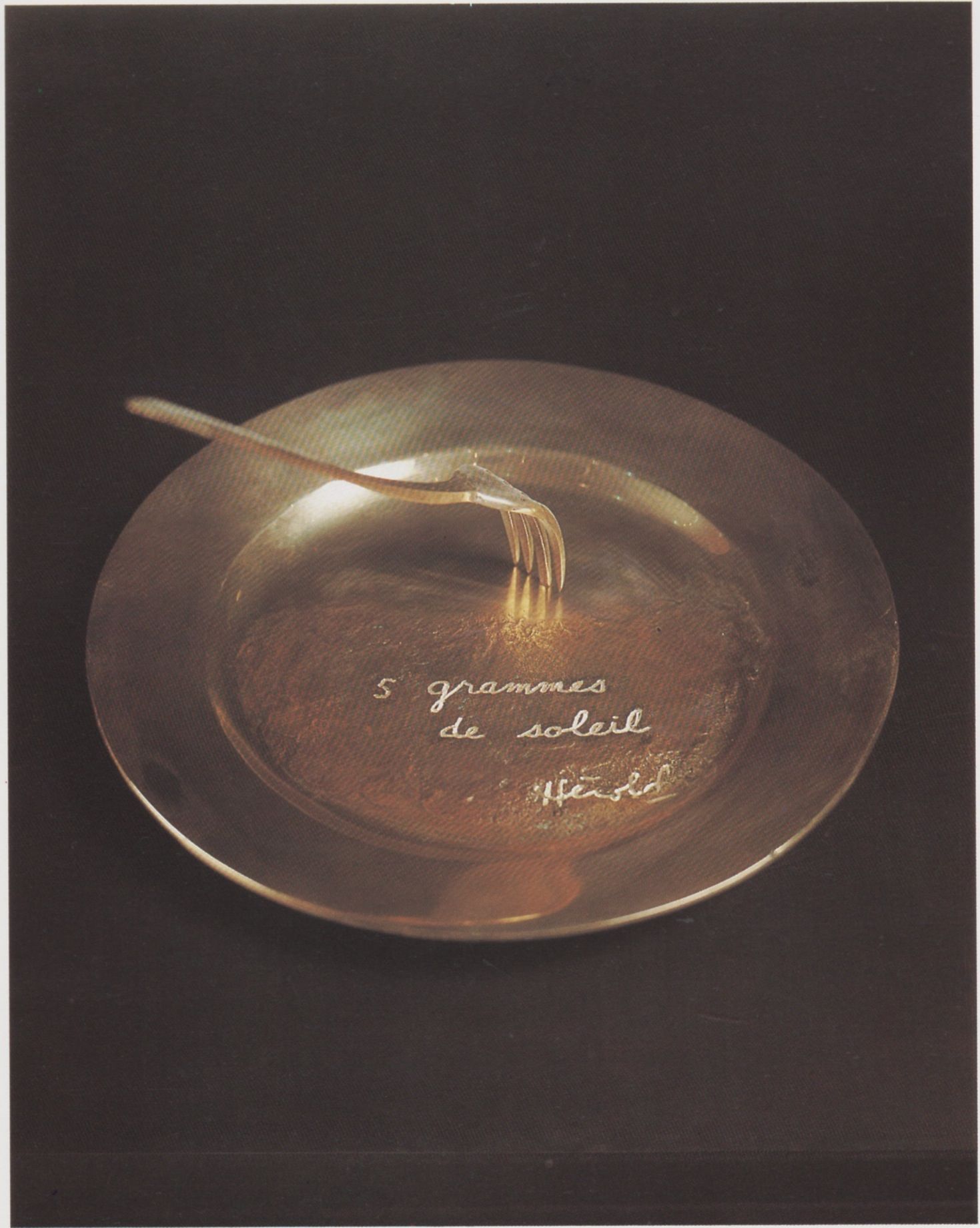
Jacques Herold
5 grammes de soleil, 1946
Patinated Bronze
Diameter: 22,5 cm, height : 14 cm
Signed and numbered
Bocquel Foundry

Jacques Herold
Traité du rasoir, vers 1930
Plume sur papier
22 x 15,5 cm
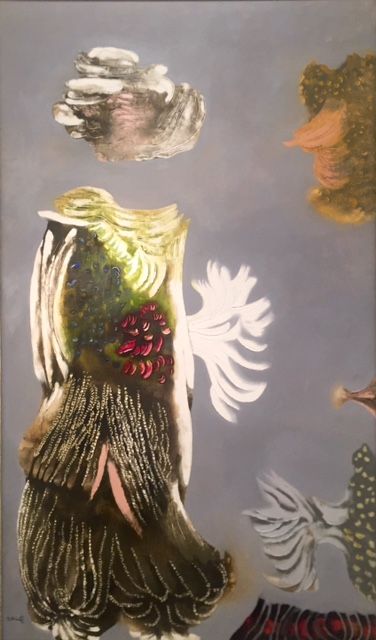
Jacques Herold
La métaphysique du mets-le, 1985
Huile sur toile
195 x 114 cm
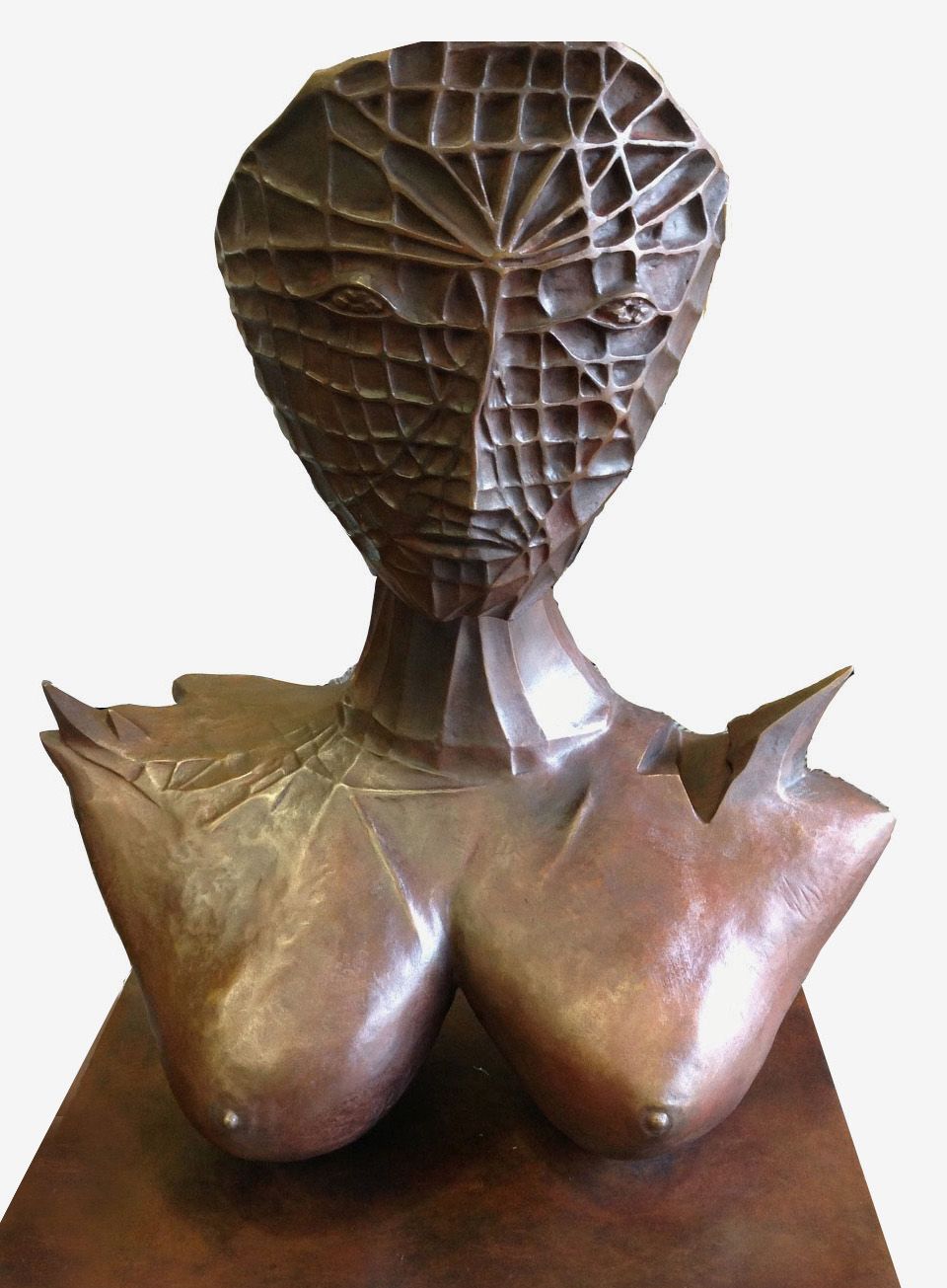
Jacques Herold
Femmoiselle, 1942
Bronze
Hauteur : 45 cm
Édition à 8 exemplaires
Fonderie Susse
Some of the works depicted are no longer available.
Biography
Hérold paints the legend of the plant and its power of metamorphosis, of communication with other kingdoms to result in an alchemical garden.
